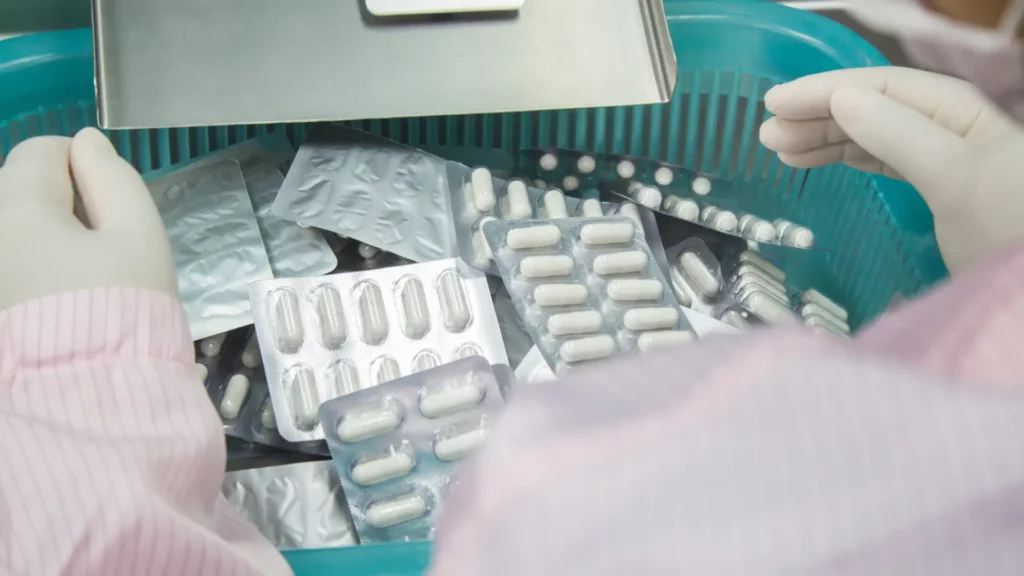Pharma company Purdue agreed to pay $900 million, whereas Sacklers decided to pay up to $6.5 billion.
OxyContin maker Purdue Pharma and its family members have agreed to pay $7.4 billion in a new settlement to stop the lawsuits over the side effects of the potent prescription painkiller.
The agreement went public on Thursday and is more than $1 billion more than the previous agreement, which the US Supreme Court rejected.
Purdue agreed to pay $900 million, whereas Sacklers decided to pay up to $6.5 billion.
It is one of the largest settlements in recent years in the series of lawsuits filed by local, state, and Native American tribal governments seeking to hold opioid-making companies accountable for the fatal addiction crisis.
Other than the Purdue agreement, deals over $50 billion have been announced where they used most funds to address the issue.
Some details need to be finalized, and the deal has to get approved by the court. Even after all the states had agreed, a division in the US Department of Justice was stubborn in the previous settlement and took the matters to the Supreme Court. However, the federal government is not anticipated to reject the new deal under President Donald Trump.
Purdue University, located in Stamford, Connecticut, said in the statement that they are thrilled to strike a new agreement that will settle millions of dollars to victims, resolve the opioid crisis, and provide life-saving treatment and overdose rescue medications.
Kara Trainor, a Michigan woman who has been in recovery for the past 17 years after being prescribed OxyContin to treat her back injury 23 years ago, claimed that she developed an opiate addiction. Now, she praises the new offer since the company, which prioritized profit over people, influenced every facet of her life.
The new plan wants the Sackler family to pay up to $6.5 billion over 15 years and give up the ownership of Purdue. It would get reorganized as a new firm with a board chosen by the state and other parties who filed lawsuits against the business. Purdue will pay $900 million, and some of the funds will benefit opioid epidemic victims or their survivors.
The family will contribute more than $6 billion, as agreed in the previous agreement. However, the Supreme Court did not agree to that deal because it protected them from civil actions related to OxyContin. Only parties that accept the settlement can sue family members under the new agreement.
There has been mediation to reach a new agreement since the court’s decision. Failure to reach one might lead to a flurry of lawsuits against the members of the Sackler family.
The parties are asking the US bankruptcy court to extend the first order that blocks lawsuits against the Sackler family until February to close the final details, which will expire in February. The deadline has been extended many times.
Many states of Maryland and Washington consistently oppose the extension of the court order.
The opioid crisis started in 1996 when they introduced the popular drug OxyContin. Now, experts think that the recent settlement will end the long battle. Opioids have caused hundreds of overdose deaths in the US. The idealist period was since 2020 when fentanyl, an illegal synthetic opioid, was identified to cause more than 70,000 deaths every year.
Since then, members of the Sackler family have been seen as villains by many people, and their names have been removed from many art galleries and universities since they had involvement with the privately owned company.
The combined wealth of the family members was billions more than what they contributed for settlement, but a large portion of the assets were offshore and impossible to access through lawsuits.
Purdue filed for bankruptcy protection in 2019 due to the thousands of lawsuits over the opioid crisis. One of the allegations against the firm is that they made the doctors state that OxyContin had a minimal risk of addiction.
